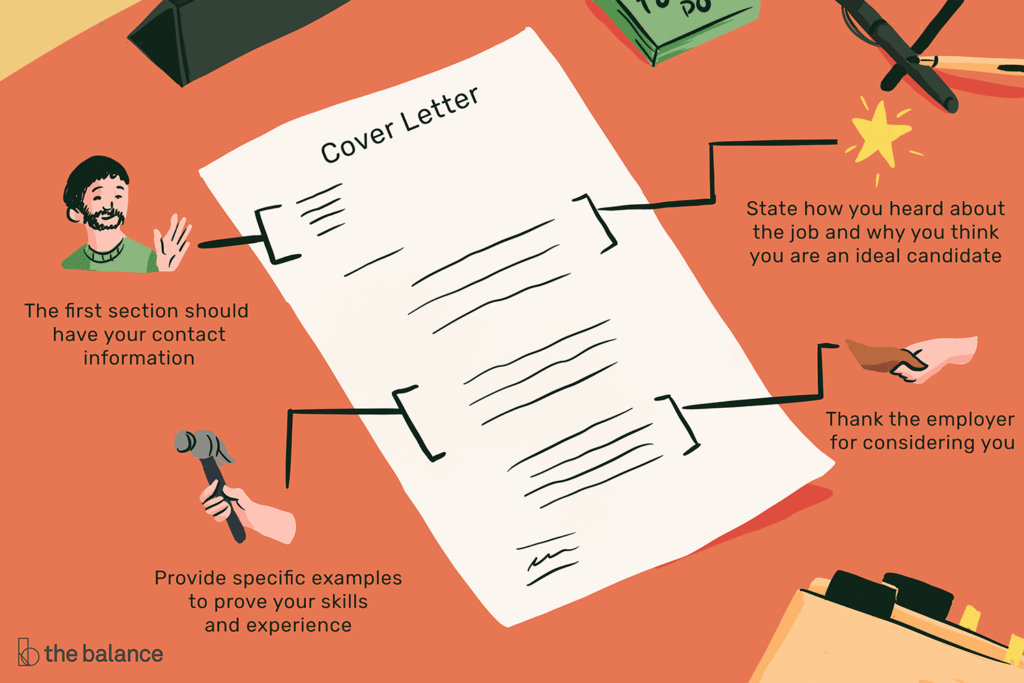So, you just found a recent opening in a company you are interested in. Want to learn how to make an impact? Here’s a pro tip to boost your interview chances. Write an engaging cover letter. Don’t know what that is?
It’s a one-page document you send your employer and your resume. The document highlights your skills, achievements, and experiences and relates them to your desired position. This way, it helps create a strong positive impression on your employer.
Although it proves to be a valuable tool, do you know what goes in a cover letter for your resume? If not, don’t worry. We’ve got your back. The following blog covers everything for writing a cover letter, from the format to the crucial elements. With this as your guide, you’ll create your own cover letter in no time.
Format of a Cover Letter:
Before we start digging into what goes in a cover letter for a resume, it’s crucial for you to learn the proper structure the cover letter follows. This document is an excellent way to introduce yourself and show that you’re a good fit for the job role. And to do that, here’s a simple format to use to construct a captivating one:
- Header
- Salutations
- Opening Paragraph
- Middle Paragraph
- Closing Paragraph
- Letter ending with Signoff
As for the letter’s length, make sure it fits on a single page. Make sure the font size is upto12-14 to ensure it’s readable and use a professional font style like Helvetica or Times New Roman for the documents.
What Goes Inside Your Cover Letter – Taking a Look?

Now that you have a proper structure to work with, let’s discuss how you should write each specific part to ensure you end with a strong cover to submit with your resume:
1. Make a Proper Header:
Your header is the starting part of the cover letter. Like any formal business document, the header includes personal and contact information. Providing such information at the start makes it easier for the recruiter to follow up with you if they find you interesting.
As the header would have the same personal and contact info as your resume, you can use the same header for both. Here’s a header structure you could use:
- Name
- City and Zip code
- Contact Number
- Email Address
- Date
- Recipient Name
- Recipient Title
- Business Name
- Business Address
2. Include a Salutation:
Now, the next thing you want to write is a salutation. The salutation is a great way to follow up a cover letter after a header, mainly for three reasons:
- First, it shows you as a professional.
- Second, it makes your document look more personal.
- Third, it adds a more professional tone to your writing.
Although it’s a formal letter, it doesn’t mean you should write “To whom it may concern.” Rather, go for “Dear Hiring Manager, or Dear Recruiter.” If you know their names, you could also greet them as “Dear [first and last name].”
3. Start with a Good First Impression-Your Opening Paragraph:
Now that we’ve got the pleasantries out of the way, let’s talk about the core of your cover letter, the opening paragraph. Now, consider the opening paragraph your first impression of the employer. So, you need to ensure that it connects with them.
Before writing, it’s crucial that you do thorough research about the job position and the company. This way, it will help while writing your cover letter. The opening paragraph must discuss the job title and how you stumbled upon it.
You should explain your interests in the specific role and why you are a fit. One way is using meaningful anecdotes to convey how you found the job posting and why you prove a good fit.
4. Offer a Background with the Second Paragraph:
After completing your first paragraph, follow it with the second one. This should focus on your background, such as your skills and experiences, that present you better suited for the position. Remember, your cover letter isn’t a part of your resume, so don’t repeat what’s already included in the resume.
Discuss your most recent professional experience and how it prepares you for the available opportunity. You could include details regarding your success to showcase your talent to the recruiter.
5. Finish it with a Closing Paragraph:
This paragraph isn’t so different from the second one. You could also consider talking about relevant skills and achievements. However, consider making the last paragraph more persuasive. You could use anecdotes to showcase how you’re right for the role.
If you’re switching careers, you could also address it here, as well as what transferrable skills you bring to the table. If anything still sounds trivial, you always have the option to consider hiring a professional resume writer to assist you with writing. These professionals have the expertise to construct the perfect cover letters.
6. Conclude with a Signoff:
Once you’re done with everything, it’s time for a short and sweet wrap-up. Conclude the cover letter with the reason for applying for the role and how you’re most suitable for the position. At the end, use your signature to mark the end of the document.
Final Words
In conclusion, a cover letter can greatly improve your chances of landing an interview. However, it’s crucial to learn what goes in a cover letter for your resume. By using the structure presented, you’ll be able to craft a compelling cover letter that’s sure to make your resume stand out.

